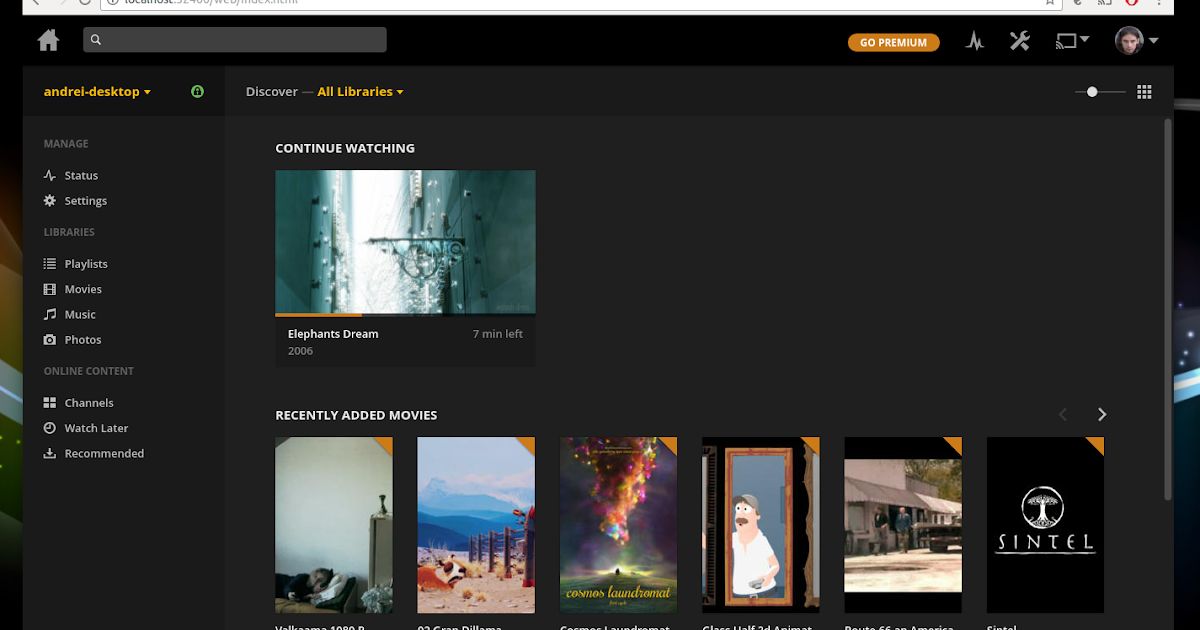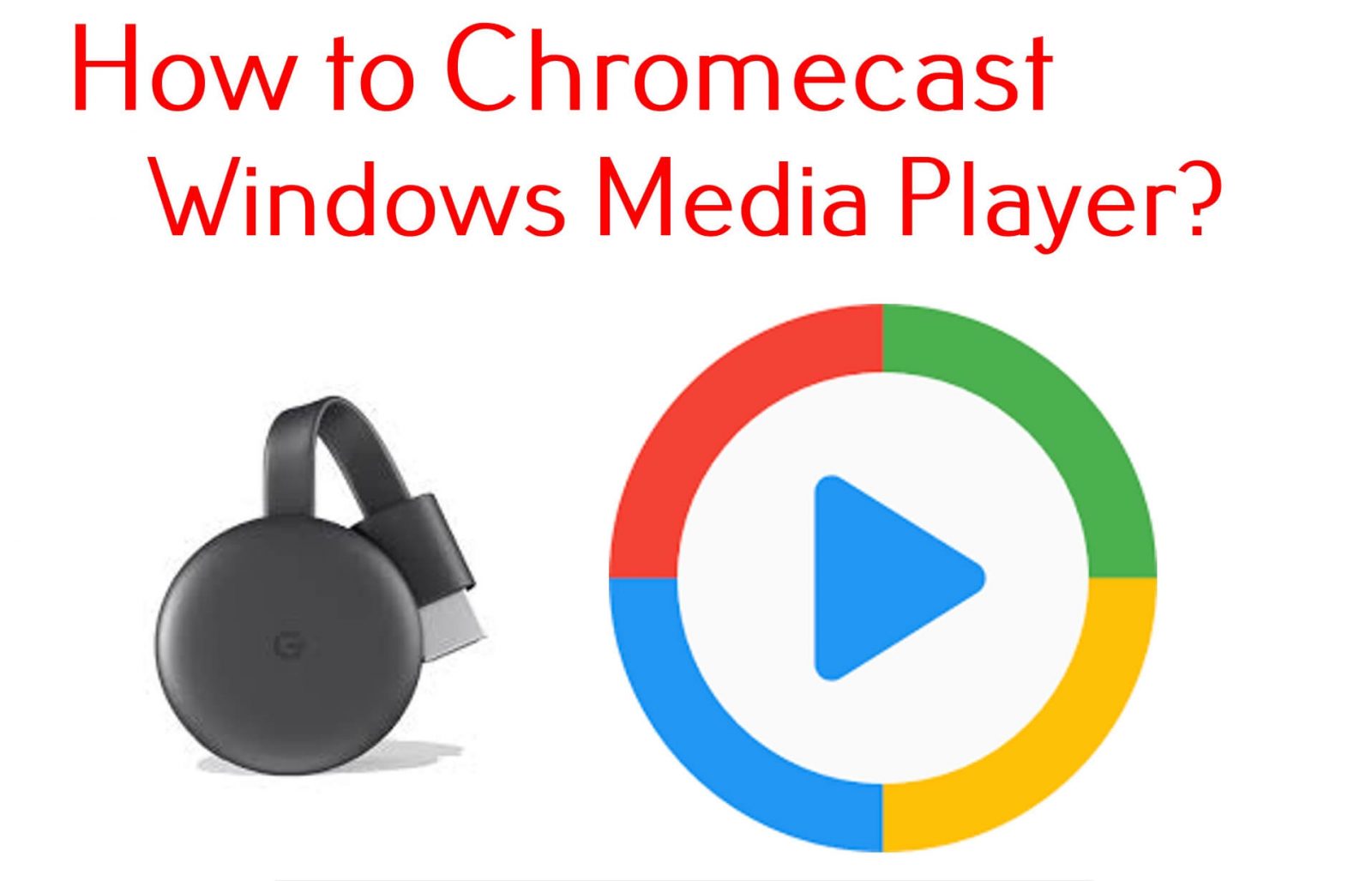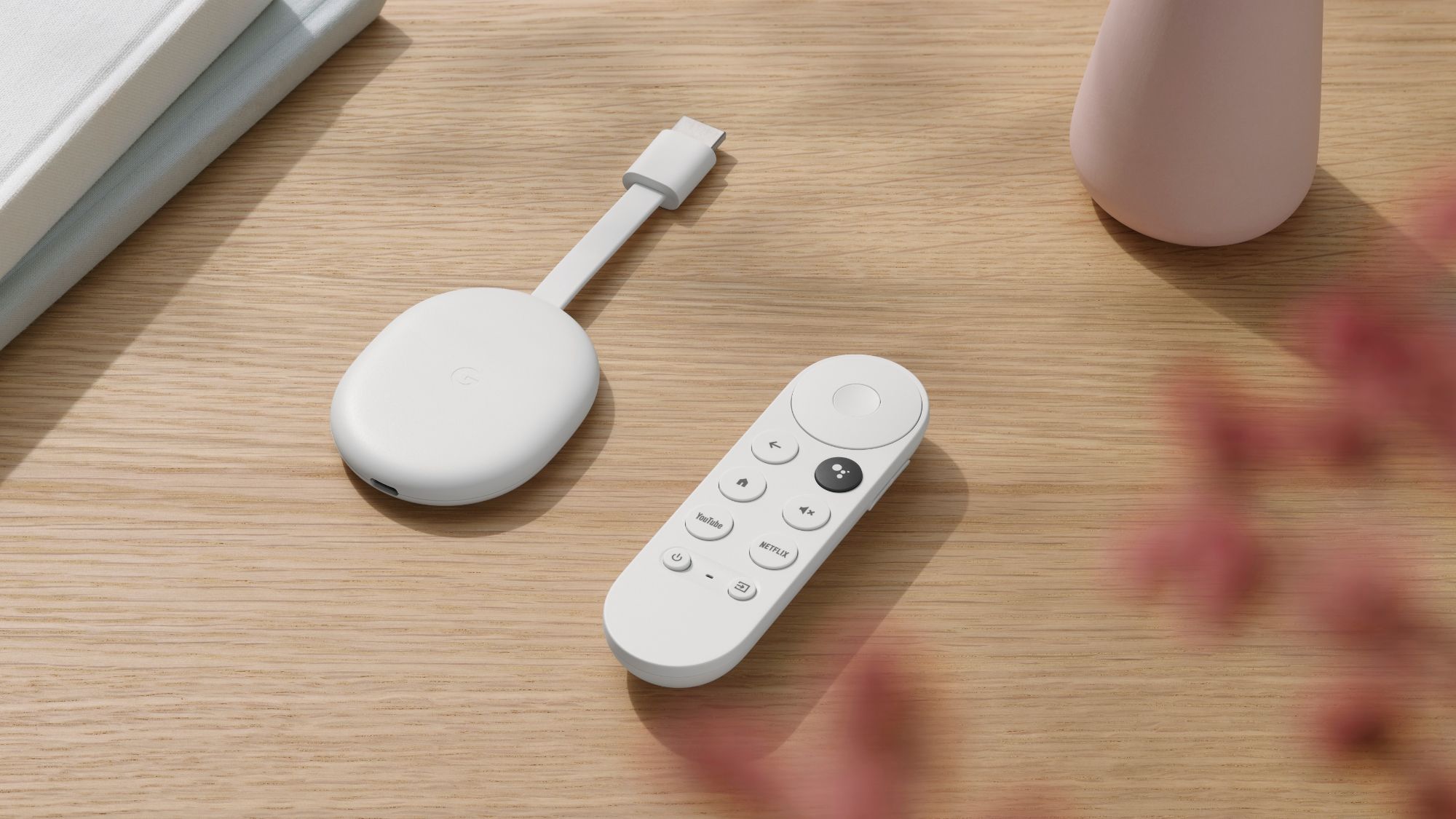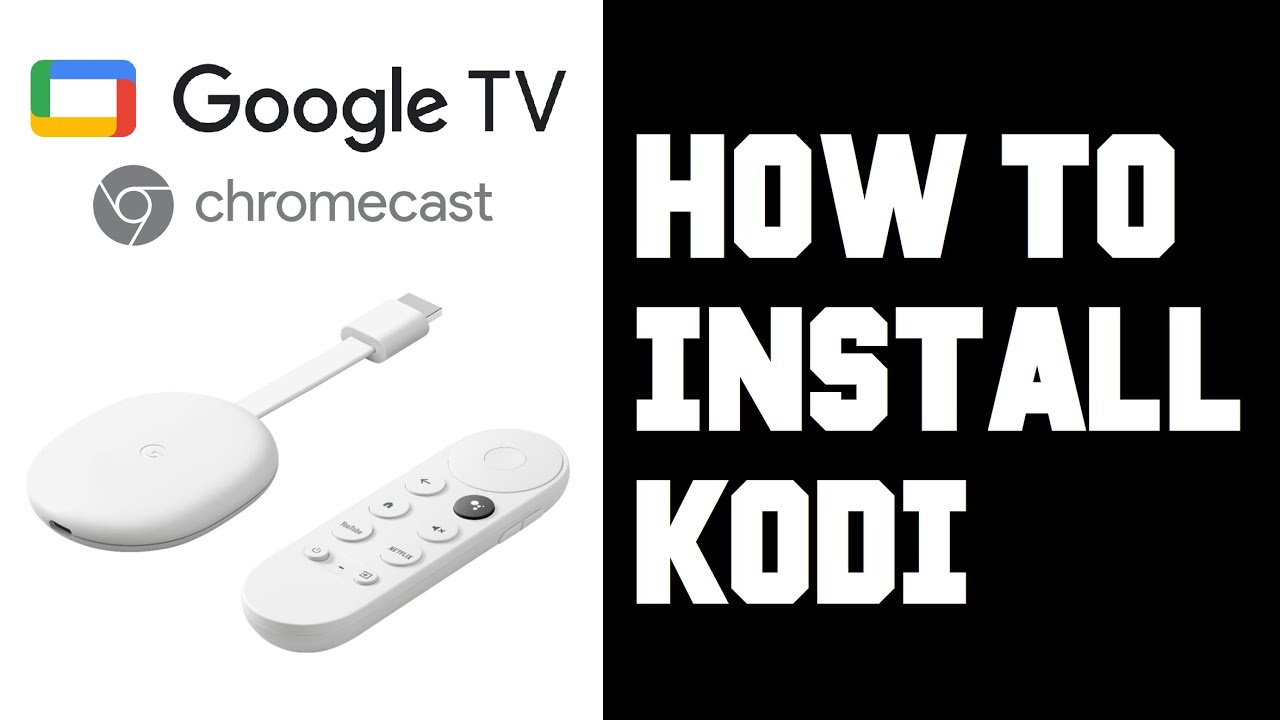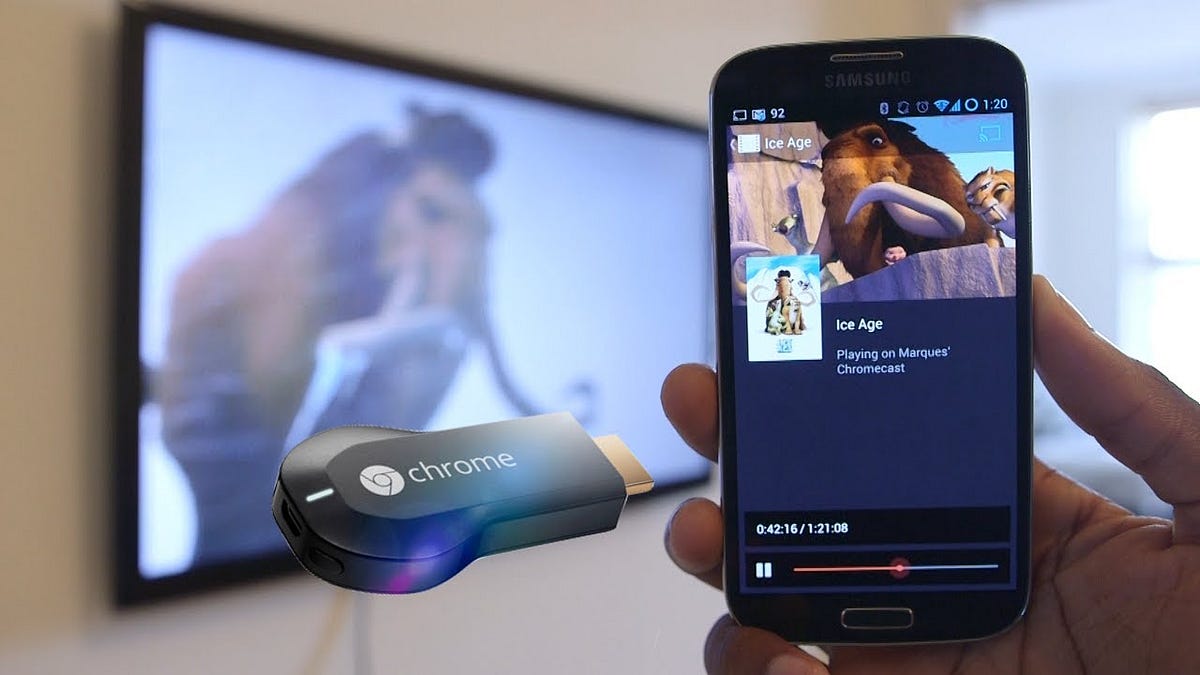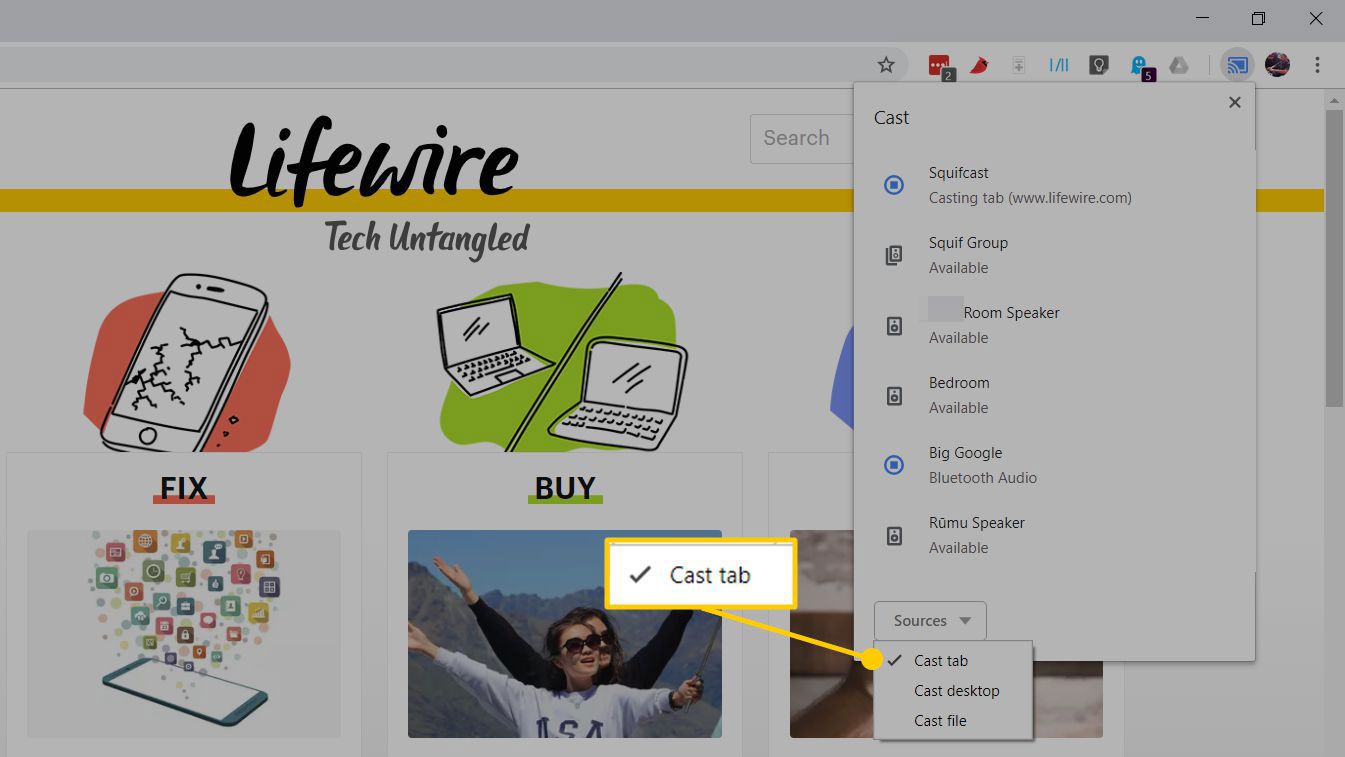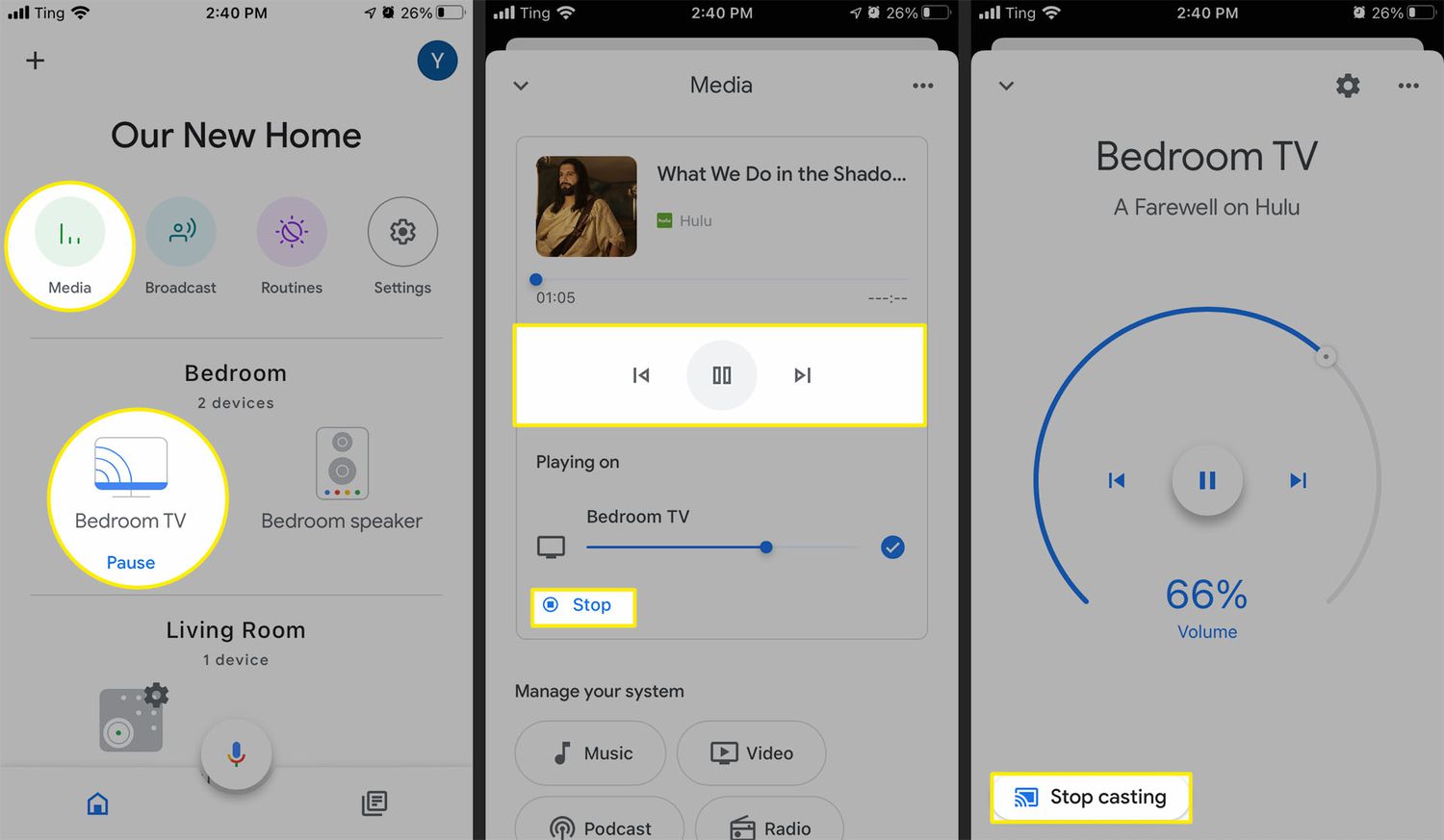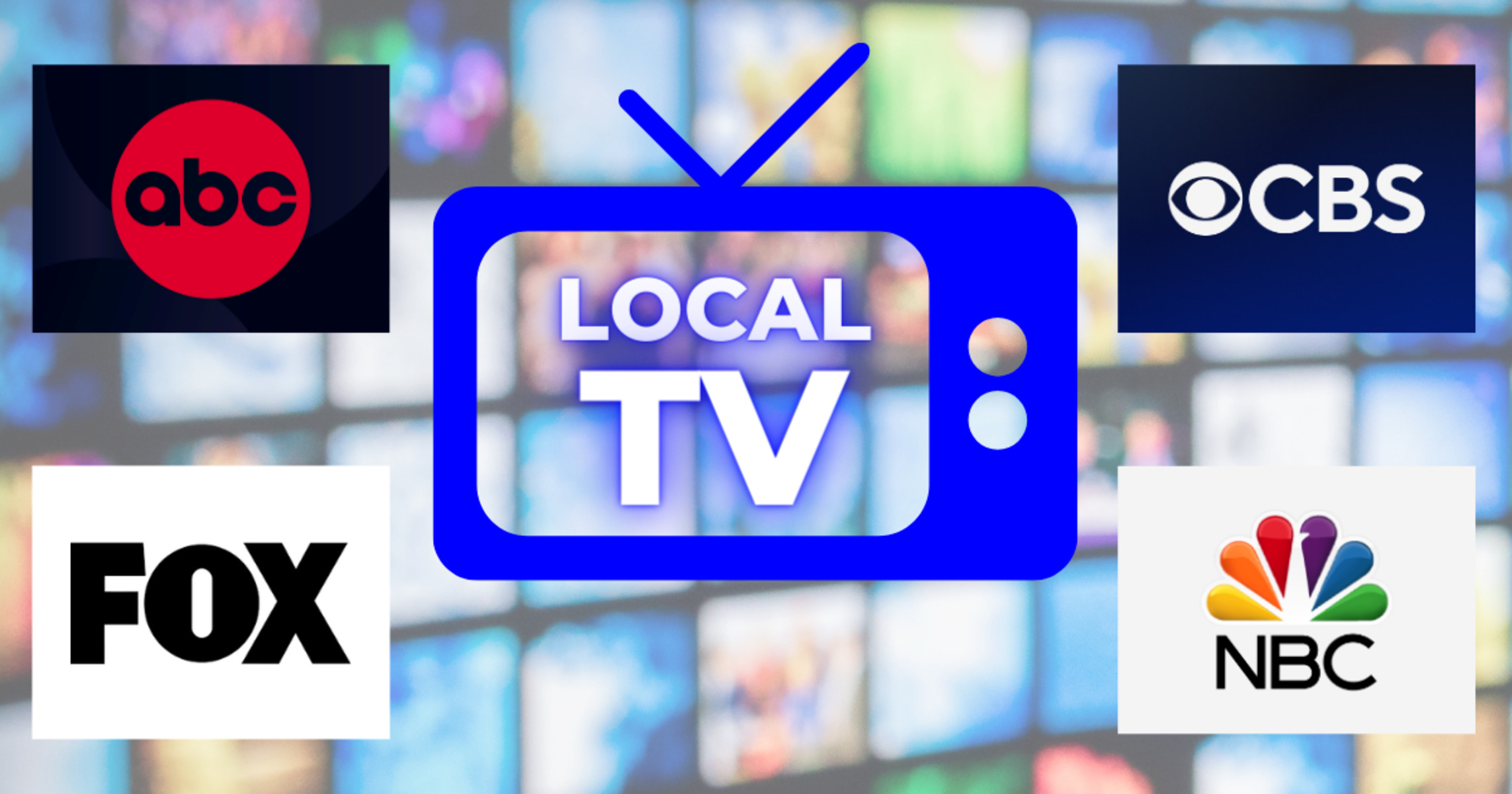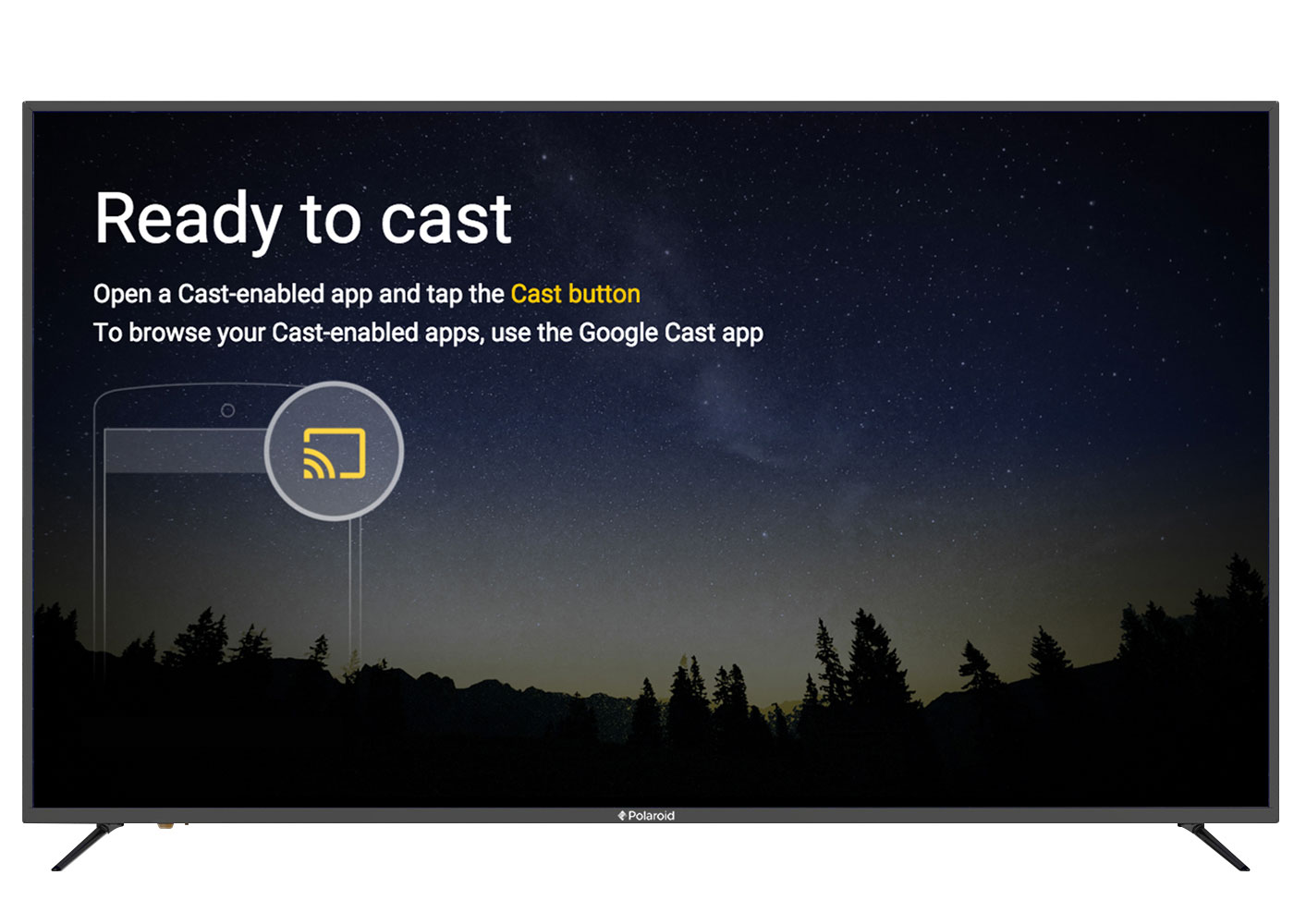Introduction
Streaming local media to your Chromecast device allows you to enjoy all your favorite movies, TV shows, music, and photos on the big screen of your television. Whether you want to watch a personal video collection, listen to your favorite songs, or display a slideshow of your vacation photos, Chromecast makes it easy to access and stream local media through your computer or mobile device.
Chromecast is a versatile streaming device developed by Google that plugs into your TV’s HDMI port and enables you to cast content from your smartphone, tablet, or computer to your television. It supports a wide range of apps and services that offer streaming options, but what about your own personal media library? Luckily, there are several methods to stream your locally stored movies, music, and photos to Chromecast effortlessly.
In this guide, we will walk you through the process of streaming local media to your Chromecast, ensuring that you have the necessary requirements and software installed. We will explore how to connect your computer or mobile device to the same Wi-Fi network as your Chromecast, and detail the steps to enable media streaming permissions. Additionally, we will explain how to stream local media using Google Chrome on your computer and supported apps on your mobile device. Lastly, we will provide some troubleshooting tips to help you resolve any potential issues that may arise during the streaming process.
By the end of this guide, you will have a comprehensive understanding of how to stream your personal media collection to your Chromecast and enjoy an immersive, larger-than-life viewing experience in the comfort of your living room.
Requirements
Before you can start streaming local media to your Chromecast, there are a few requirements that you need to meet:
1. A Chromecast device: You will need a Chromecast device, which can be either the Chromecast dongle or a TV that has built-in Chromecast functionality.
2. A television: Your Chromecast needs to be connected to a television with an HDMI port so that you can cast your local media content to the big screen.
3. A computer or mobile device: To stream local media, you will need either a computer (Windows or Mac) or a mobile device (iOS or Android) that is compatible with Chromecast.
4. A Wi-Fi network: Your computer or mobile device, as well as your Chromecast, needs to be connected to the same Wi-Fi network for seamless streaming. Make sure you have a stable internet connection to minimize buffering or playback issues.
5. The Google Home app: To set up and manage your Chromecast, you will need to download and install the Google Home app on your mobile device. The app is available for both iOS and Android.
6. Media streaming software: To stream local media from your computer to Chromecast, you will require media streaming software such as Google Chrome browser, VLC Media Player, or Plex. These software options allow you to cast your videos, music, and photos to your Chromecast device.
Ensure that you have met all these requirements before proceeding to the next steps. It’s important to have everything in place to ensure a smooth and enjoyable streaming experience.
Step 1: Set Up Your Chromecast
Before you can start streaming local media to your Chromecast, you need to set it up and connect it to your TV. Follow these steps to get your Chromecast up and running:
1. Unbox and connect: Start by unboxing your Chromecast device and plugging it into an available HDMI port on your TV. Make sure to connect the Chromecast to a power source using the provided USB cable and power adapter.
2. Switch TV input: Change the input/source on your TV to the HDMI port where you connected the Chromecast. This allows you to see the setup instructions on your TV screen.
3. Download the Google Home app: On your mobile device, go to the App Store (for iOS) or Google Play Store (for Android) and search for the Google Home app. Download and install the app on your device.
4. Open the Google Home app: Launch the Google Home app on your mobile device. Make sure your mobile device is connected to the same Wi-Fi network you want to connect your Chromecast to.
5. Set up your Chromecast: Follow the on-screen instructions in the Google Home app to set up your Chromecast. This includes choosing your Chromecast device from the list, connecting it to your Wi-Fi network, and naming your Chromecast for easy identification.
6. Complete the setup: Once you have successfully completed the setup process, you will see a confirmation message on your TV screen. You are now ready to start streaming local media to your Chromecast.
Setting up your Chromecast is a simple and straightforward process that only takes a few minutes. Make sure to carefully follow the instructions provided by the Google Home app to ensure a successful setup.
Step 2: Install the Required Software on Your Computer or Mobile Device
To stream local media to your Chromecast, you need to have the necessary software installed on your computer or mobile device. Depending on the platform you’re using, follow these steps to install the required software:
For Computer (Windows or Mac):
1. Google Chrome: If you don’t already have it, download and install the Google Chrome browser on your computer. Google Chrome is the recommended browser for streaming local media to Chromecast.
2. Google Cast Extension: Once you have Google Chrome installed, open the browser and go to the Chrome Web Store. Search for “Google Cast” and install the Google Cast extension. This extension allows you to cast content from your computer to your Chromecast.
3. Additional Software: If you prefer using media player software like VLC or Plex to stream local media, make sure you have them installed on your computer. These software options provide additional features and customization settings for your media streaming experience.
For Mobile Device (iOS or Android):
1. Google Home App: Make sure you have the Google Home app installed on your mobile device. You should have already downloaded and installed this app in the previous step during the Chromecast setup process.
2. Supported Apps: Check if the apps you want to stream local media from on your mobile device are compatible with Chromecast. Many popular video and music streaming apps, like YouTube, Netflix, Spotify, and more, have built-in Chromecast support. Install these apps from the App Store (for iOS) or Google Play Store (for Android) if you haven’t already.
Once you have installed the necessary software on your computer or mobile device, you are ready to move on to the next steps of connecting and streaming local media to your Chromecast.
Step 3: Connect Your Computer or Mobile Device to the Same Wi-Fi Network as Your Chromecast
In order to stream local media from your computer or mobile device to your Chromecast, it is necessary for both devices to be connected to the same Wi-Fi network. Follow these steps to ensure they are on the same network:
For Computer:
1. Check Wi-Fi connection: Make sure your computer is connected to your home Wi-Fi network. You can do this by clicking on the Wi-Fi icon in the system tray or menu bar and selecting your network from the available options. Enter the network password if prompted.
2. Connect Chromecast to Wi-Fi: Ensure that your Chromecast is connected to the same Wi-Fi network as your computer. You can verify this by opening the Google Home app on your mobile device and checking the device settings for your Chromecast. If it is not connected to the correct network, follow the instructions in the app to connect it.
For Mobile Device:
1. Check Wi-Fi connection: Ensure that your mobile device is connected to your home Wi-Fi network. Open the Settings app on your device, go to Wi-Fi, and select your network from the list. Enter the network password if required.
2. Confirm Chromecast connection: Open the Google Home app on your mobile device and navigate to the device settings for your Chromecast. Check that it is connected to the correct Wi-Fi network. If not, follow the instructions in the app to connect it.
Connecting your computer or mobile device to the same Wi-Fi network as your Chromecast is essential for seamless media streaming. It ensures that the devices can communicate with each other and enables you to cast your local media content to your Chromecast.
Step 4: Enable Media Streaming Permissions
In order to stream local media to your Chromecast, you need to enable media streaming permissions on your computer or mobile device. This step allows the necessary communication between the casting software and your Chromecast. Follow these steps to enable media streaming permissions:
For Computer (Google Chrome):
1. Open Google Chrome: Launch the Google Chrome browser on your computer.
2. Click on the Three-Dot Menu: In the top-right corner of the browser window, click on the three-dot menu icon.
3. Select “Cast…”: From the drop-down menu, select the “Cast…” option.
4. Select Your Chromecast: A window will appear showing available devices to cast to. Click on your Chromecast from the list.
5. Enable “Source” Option: Next to the “Cast to” option, you will see the “Source” option. Click on it and select “Cast file” or “Cast tab” depending on the media you want to stream.
For Mobile Device (Google Home App):
1. Open the Google Home App: Launch the Google Home app on your mobile device.
2. Select Your Chromecast: From the list of available devices, select your Chromecast.
3. Tap on the Media Control Button: In the app, you will see a media control button (such as a speaker or TV icon). Tap on it to open the media control section.
4. Enable Media Streaming Permissions: In the media control section, you will find an option to enable media streaming permissions. Tap on it to allow casting of local media from your mobile device.
Enabling media streaming permissions is a crucial step in the process of streaming local media to your Chromecast. By granting the necessary permissions, you can now cast your personal movies, music, and photos to your Chromecast device.
Step 5: Stream Local Media Using Google Chrome on Your Computer
Once you have set up your Chromecast, installed the required software, and enabled media streaming permissions, you are ready to start streaming your local media using Google Chrome on your computer. Follow these steps to do so:
1. Open Google Chrome: Launch the Google Chrome browser on your computer.
2. Visit the Media File: Navigate to the location of the media file you want to stream. This could be a video, music file, or a photo album.
3. Click on the Three-Dot Menu: In the top-right corner of the browser window, click on the three-dot menu icon.
4. Select “Cast…”: From the drop-down menu, select the “Cast…” option. A small “Cast…” window will appear.
5. Select Your Chromecast: In the “Cast…” window, click on the drop-down menu under “Cast to” and select your Chromecast device from the list.
6. Choose Media Type: Next to the “Cast to” option, you will see the “Source” option. Click on it and choose the appropriate media type based on what you want to stream. For example, select “Cast tab” to stream a specific tab on your browser or “Cast file” to stream a local media file.
7. Begin Streaming: After selecting the media type, click on the “Cast” button. Your chosen media will now start streaming to your Chromecast-connected TV.
8. Control Playback: You can control playback using the media controls on your computer or by using the Google Home app on your mobile device. Adjust the volume, pause, play, skip, or seek through the media as needed.
By following these steps, you can enjoy your favorite movies, music, and photos on the big screen of your TV using Google Chrome and your Chromecast device.
Step 6: Stream Local Media Using Supported Apps on Your Mobile Device
In addition to streaming local media using Google Chrome on your computer, you can also stream your personal collection using supported apps on your mobile device. Many popular video and music streaming apps have built-in Chromecast support, making it easy to cast your local media to your TV. Follow these steps to stream local media using supported apps:
1. Open Supported App: Launch the app on your mobile device that supports Chromecast and has your desired media content. This could be apps like YouTube, Netflix, Spotify, or Google Photos.
2. Choose Media to Stream: Navigate to the specific media file you want to stream from within the selected app. It could be a movie, TV show, music, or a photo album.
3. Tap on the Cast Icon: Look for the cast icon within the app’s user interface. It is usually located near the playback controls or in the top-right corner of the app screen. Tap on the cast icon to initiate the casting process.
4. Select Your Chromecast: A list of available devices will appear on your mobile device. Choose your Chromecast from the list to start streaming the media to your TV.
5. Control Playback: Use the playback controls within the app to adjust the volume, pause, play, skip, or seek through the media content as needed. You can also control playback using the Google Home app on your mobile device.
6. Enjoy Streaming: Sit back, relax, and enjoy your favorite movies, TV shows, music, or photo slideshows on the big screen of your TV using the supported app and your Chromecast.
With the wide range of supported apps available, you can easily access your local media collection and enjoy it with the convenience of streaming to your Chromecast from your mobile device.
Step 7: Troubleshooting Tips
While streaming local media to your Chromecast is generally a seamless experience, you may encounter some issues or challenges along the way. Here are a few troubleshooting tips to help you address common problems:
1. Ensure Devices are on the Same Network: Make sure both your computer or mobile device and your Chromecast are connected to the same Wi-Fi network. If they are not on the same network, they won’t be able to communicate with each other.
2. Check Wi-Fi Signal Strength: Weak Wi-Fi signals can cause interruptions and buffering during media streaming. Move your router closer to your Chromecast or consider using a Wi-Fi range extender to improve signal strength.
3. Restart Devices: Sometimes, a simple restart can resolve connectivity issues. Try turning off and then on your computer, mobile device, and Chromecast.
4. Update Software: Ensure that your devices have the latest software updates installed. This includes updates for Google Chrome, the Google Home app, and any other streaming apps you may be using.
5. Disable VPN or Proxy: If you have a VPN or proxy enabled on your computer or mobile device, try disabling it. VPNs and proxies can interfere with the communication between your device and Chromecast.
6. Clear Cache and Cookies: Clearing cache and cookies in the Google Chrome browser can help fix any temporary issues that may be causing problems during media streaming.
7. Restart Chromecast: If your Chromecast is experiencing connectivity issues or not responding, you can restart it by unplugging it from the power source, waiting for a few seconds, and then plugging it back in.
8. Check Local Media Formats: Ensure that the media files you are trying to stream are in a supported format by your Chromecast and the media player app or software you are using.
If you continue to experience issues with streaming local media to your Chromecast, you can refer to the troubleshooting guides provided by Google or reach out to their support team for further assistance.
By following these troubleshooting tips, you can overcome technical challenges and enjoy a seamless streaming experience with your Chromecast.
Conclusion
Streaming local media to your Chromecast is a fantastic way to enjoy your personal collection of movies, TV shows, music, and photos on your big screen TV. By following the steps outlined in this guide, you can easily set up your Chromecast, install the required software, connect your devices to the same Wi-Fi network, and start streaming your favorite media content.
Whether you choose to use Google Chrome on your computer or supported apps on your mobile device, the process is straightforward and convenient. Casting your local media to your Chromecast allows you to take full advantage of its capabilities and enjoy an immersive and personalized viewing experience.
However, if you encounter any issues along the way, remember to refer to the troubleshooting tips provided in this guide. These troubleshooting techniques can help you overcome common challenges and ensure smooth media streaming without interruptions.
Now that you have all the knowledge and steps at your disposal, it’s time to sit back, relax, and enjoy the magic of streaming your local media to your Chromecast. Whether it’s watching a movie with friends, listening to music with family, or showcasing your travel photos, your Chromecast transforms your TV into a versatile entertainment hub.
So gather your favorite media files, grab the remote, and let the streaming begin!







